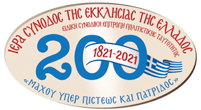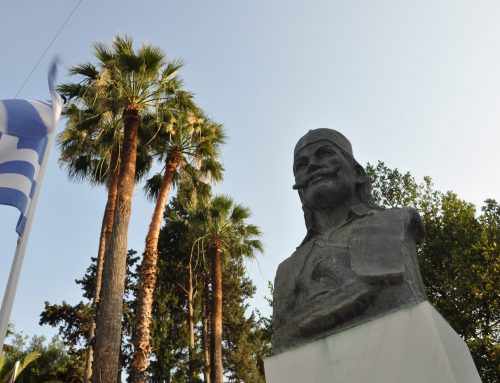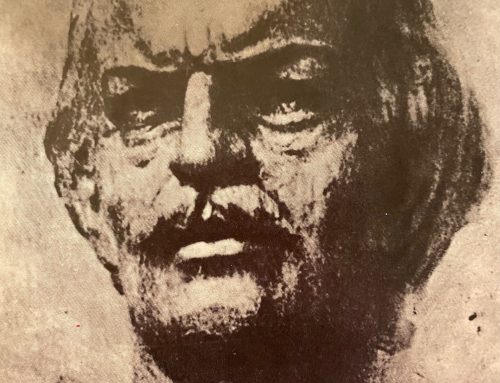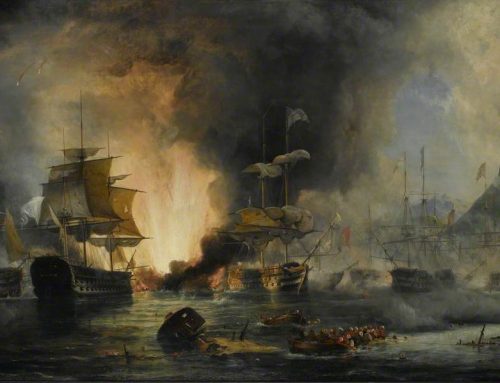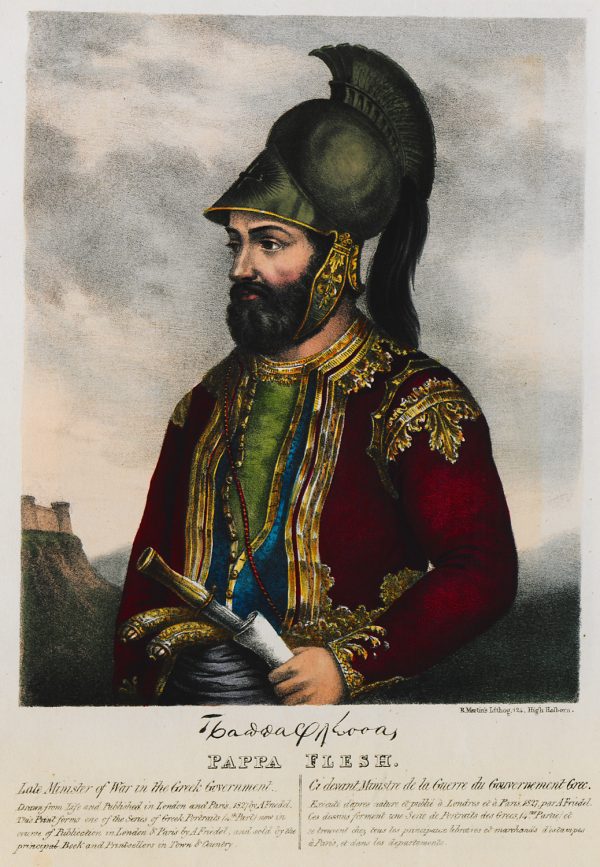
The Egyptian general Ibrahim, the eldest son of Muhammad Ali, the Wāli and unrecognised Khedive of Egypt and Sudan, landed at Methoni on February 26, 1825, with a numerous army (17,000), to help the troops of the Sultan and suppress the Greek Revolution. Following the unstoppable march of the Egyptians, who had organized a regular army trained by French officers, Archimandrite Gregorios Flessas (his lay name being Gheorgios-Demetrios Dikaios-Flessas), known as Papaflessas, decides to leave the newly designated base of the Greek Government (Nafplion) and face Ibrahim.
He was born in the village of Poliani of Messenia in 1788 to parents of a multitude of children. He was one of the first and most active members of the “Friendly Society” and in 1825 was Minister of the Interior. As he left Nafplion he demanded that the Government grant amnesty to Kolokotronis, who had been imprisoned on the island of Ydra, victim to civil strife.
Papaflessas originally gathered 2,000 Greeks, but only 300 remained in the last phase of the battle (with some sources raising their number to 600). The battle took place in Maniaki of Messenia, a flat region, totally inappropriate for the repulsion of numerous foes. He kept one of the three lines of defence for himself, his brother Demetrios kept the second, and the Maniats under Pierros Voidis Mavromichalis the third. They all perished on the battlefield. The sacrifice of Archimandrite Gregorios Dikaios – Papaflessas overwhelmed the fighting nation. After Papaflessas’s death from a bullet in the chest, Ibrahim ordered that his body be cleaned of blood and dirt and tied to a tree. After a few minutes of looking at his foe, Ibrahim walked up to the corpse and kissed it on the cheek as a sign of extreme respect. In speaking of Papaflessas after his death, it is said that Ibrahim told his officers: “If Greece had ten heroes like him, it would not have been possible for me to undertake the military campaign against the Peloponnese”.
Photograph: Gregorios Dikaios, known as Papaflessas, Minister of the Interior and Chief of Police in the Provisional Government of Greece during the Greek Revolution. Hand-painted lithograph by Adam de Friedel from the album under the title The Greeks. Twenty-four portraits of the principal leaders and personages who have made themselves most conspicuous in the Greek Revolution, from the Commencement of the Struggle, London – Paris, 1827.
